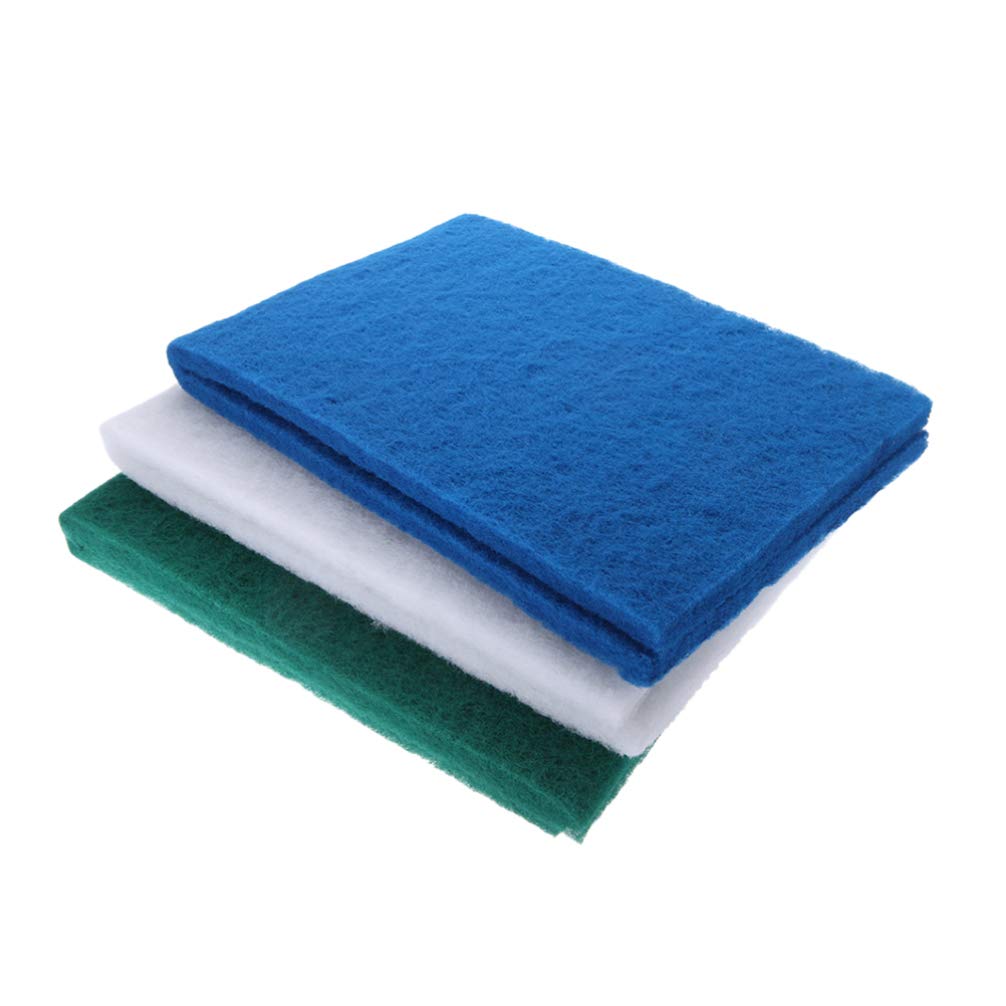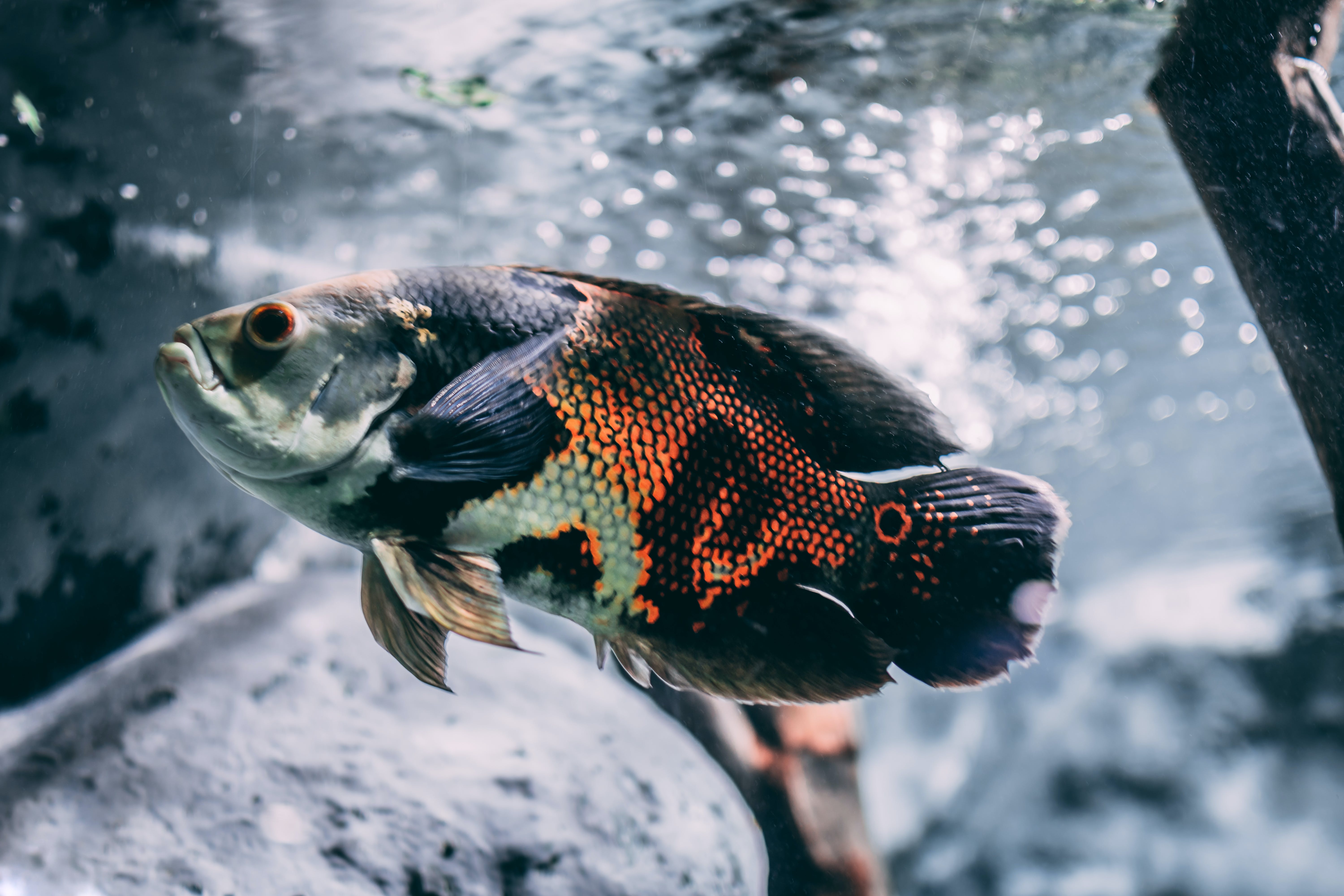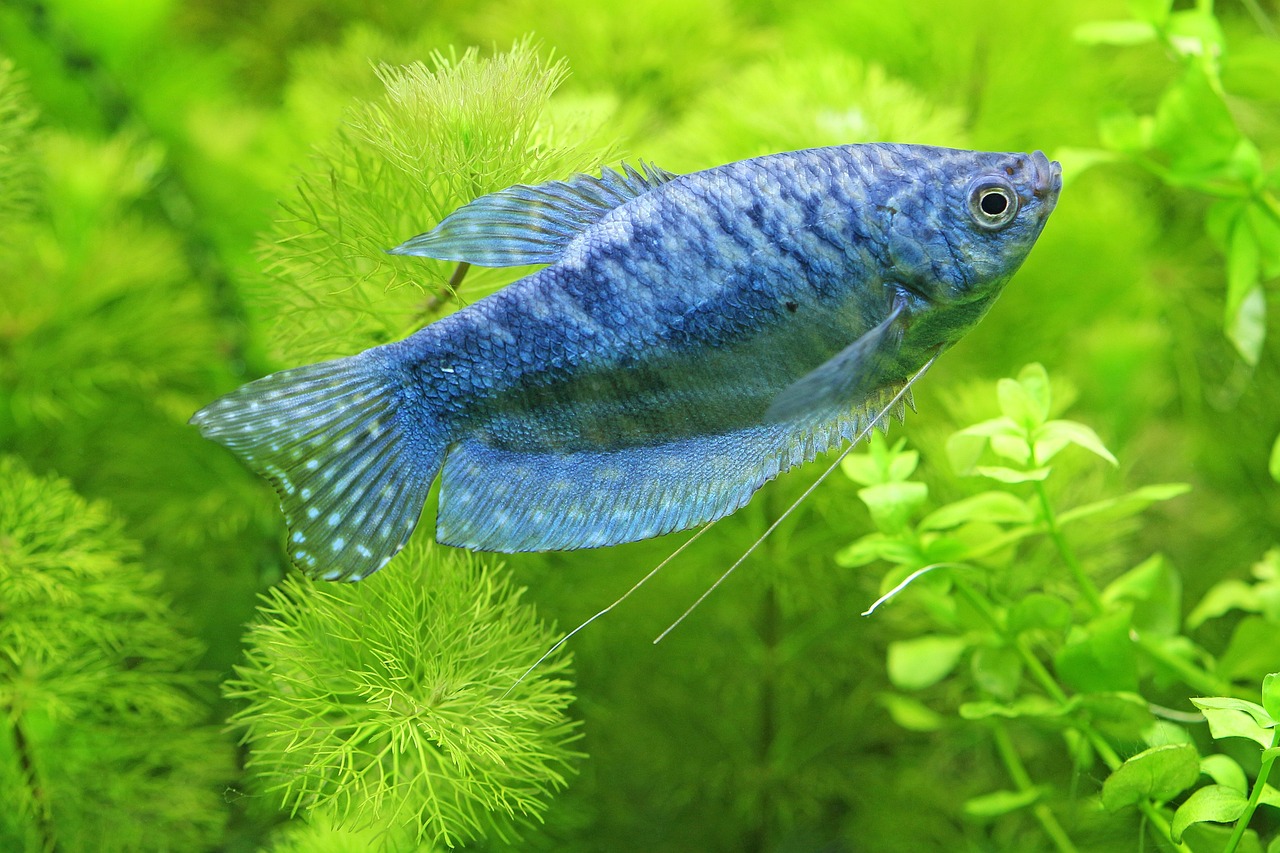Walstad method aside, aquarium filtration plays a key role in ensuring your aquarium flourish and your aquarium inhabitants thrive. Some common aquarium filters used in the hobby are sponge filters, hang-on-back filters, canister filters, sumps, top filters and undergravel filters.
In today’s post, we’ll look into the types of Aquarium Filtration and why it is so important!
Aquarium Filtration can be broken down into 3 key stages, namely Mechanical, Biological and Chemical Filtration. Let’s dive a little deeper into this topic.
MECHANICAL FILTRATION
The main function of mechanical filtration is to remove PHYSICAL aquarium debris which includes leftover, uneaten food, fish waste and plant matter. These debris can be very unsightly to fishkeepers as it may pollute the water and potentially harm your beloved aquatic pets. Mechanical filtration helps in a way where it traps all these harmful particles.
If you’re a beginner, you might here the word “media” being thrown around when aquarium filtration is mentioned. Aquarium media refers to the materials used in aquarium filters.

So, what constitutes a mechanical filtration media?
- Filter floss are fine fibers that trap very small particles.
- Sponges come in different sizes. Different pore sizes trap debris of varying sizes.
- Pre-filter screens catch large particles before reaching the filter media.
BIOLOGICAL FILTRATION
Biological Filtration’s main function is to break down harmful aquarium waste. This part of the filtration system is the “home” of beneficial bacteria. Beneficial bacteria will colonize the filter media, mainly biological media and convert toxic ammonia, produced by fish waste, into nitrites and then nitrates. Out of the three, nitrates are less harmful and can be absorbed by plants and removed through waterchanges. The general safe reading of nitrates is less than 20 ppm.
Biological filtration media is the main “house” for your beneficial bacteria. Biological media provides a large surface area for these bacteria to grow.

So, what constitutes a biological filtration media?
- Bio-balls are sphere-ball like media. Their rounded shape promotes water flow and bacterial growth.
- Ceramic rings have porous surface which provide plenty of ample space for bacteria to colonize.
- Live rock include crushed corals or porous rocks that naturally help harbor beneficial bacteria.
CHEMICAL FILTRATION
The last of the 3 key stages of aquarium filtration is chemical filtration. Chemical filtration’s main function is to remove any dissolved impurities. Chemical filtration media absorb or neutralize harmful chemicals, medications, and discoloration. However, it can also remove beneficial minerals and vitamins so that is something to keep in mind when implementing chemical filtration media.
So, what constitutes a chemical filtration media?
- Activated carbon are black charcoal media that absorbs odors, medications and discoloration. While it may improve water clarity, ensure to remove them whenever you are medicating a tank. Activated carbon should also be replaced overtime.
- Zeolites absorb ammonia and heavy metals.
- Phosphate removers help reduce algae growth by removing excess phosphates.
FILTER MAINTENANCE
Now that we’ve learnt about the key stages of aquarium filtration, how does one maintain a healthy filter?
- Regular cleaning of the filter should be included in your waterchange schedule. Each type of media requires a different cleaning schedule. Generally, mechanical filtration media need to be cleaned more regularly as compared to biological and chemical media.
- Do NOT overclean. All filter media should be cleaned with either aquarium water or any dechlorinated water. Chlorinated water will kill beneficial bacteria and excessive cleaning can remove beneficial bacteria.
- Replace media as needed. Activated carbon will lose its effectiveness overtime so be mindful to replace it when needed.
A healthy filtration system is essential in creating a little thriving ecosystem in your home or office. Happy fishkeeping!



